‘TELLIN TIME’ – RISE AND SHINE: ABACO SEASHELLS
SUNRISE TELLINS Tellina Radiata
I included these pretty shells, with their striking pink radials, in a much earlier post BEACHCOMBING BIVALVES The ones shown here are larger specimens. Some call them ‘rose-petal shells’. The hinges (muscles) are very delicate, and for many of these shells that wash up on the beach, the two halves have separated naturally.
STs are not uncommon, and I recently found some beauties at Sandy Point. They can grow up to about 7 cms / 2.75 inches, and some of these ones were that length, or very nearly so. I realised after I had taken the photos that I should have used a coin for comparison.
TELLIN: THE TRUTH
The occupant of each of these pretty shells is a type of very small clam. I have completely failed to find a photo of a nude one with its shell removed, but maybe these are never seen at all. The clams live on the sea-floor, often buried in the sand, and with the lid (mostly) shut. Then they die (or their shells are bored into by a predator and they are eaten) and the shells eventually wash up empty on the beach. There’s not much to say about them – they perform no tricks (some shell creatures do, such as backflips) and are believed to have vanilla sex lives (some shell creatures are quite inventive in this department).
Inside Story… not much to tell except (a) still very pretty & (b) possible predator bore-hole top right
WELL, WHAT ELSE IS THERE TO THEM, APART FROM BEING PRETTY & BEACHCOMB-ABLE?
- The clams have 5 tiny teeth to chew up their staple diet, which is mainly plant material
- These include one ‘strong’ tooth, and one ‘weak’ one, though how someone found it out remains a mystery
- Tellins are native to the Caribbean and north as far as Florida.
- They live mainly in quite shallow water, but can be found as deep as 60 foot
- They have no particular rarity value, and are used for marine-based crafts
PLEASE TRY HARDER TO HOLD MY ATTENTION
You know those lovely tellins you collected during your holiday on Abaco to take home to your loved ones? You may have committed a crime! You did take them, didn’t you? However the general rule – law, even – seems to be “in most countries it is illegal to bring back these shells from holidays”. However, you have been fortunate; the Bahamas has no specific prohibition on the removal of tellin shells, certainly not for personal use.
READER COMMENT: WHOOPS! ALSO, PHEW!
As ever, the very excellent Bahamas Philatelic Bureau has covered seashells along with all the other wildlife / natural history stamp sets they have produced regularly over the years. The sunrise tellin was featured in 1995. You can find more – much more – on my PHILATELY page.
All photos Keith Salvesen / Rolling Harbour; Rhonda Pearce Collection plus Seashells.Org, O/S Linnean Poster, O/S BPB stamp












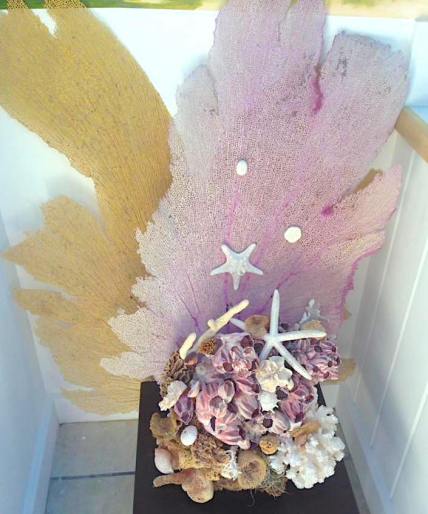


















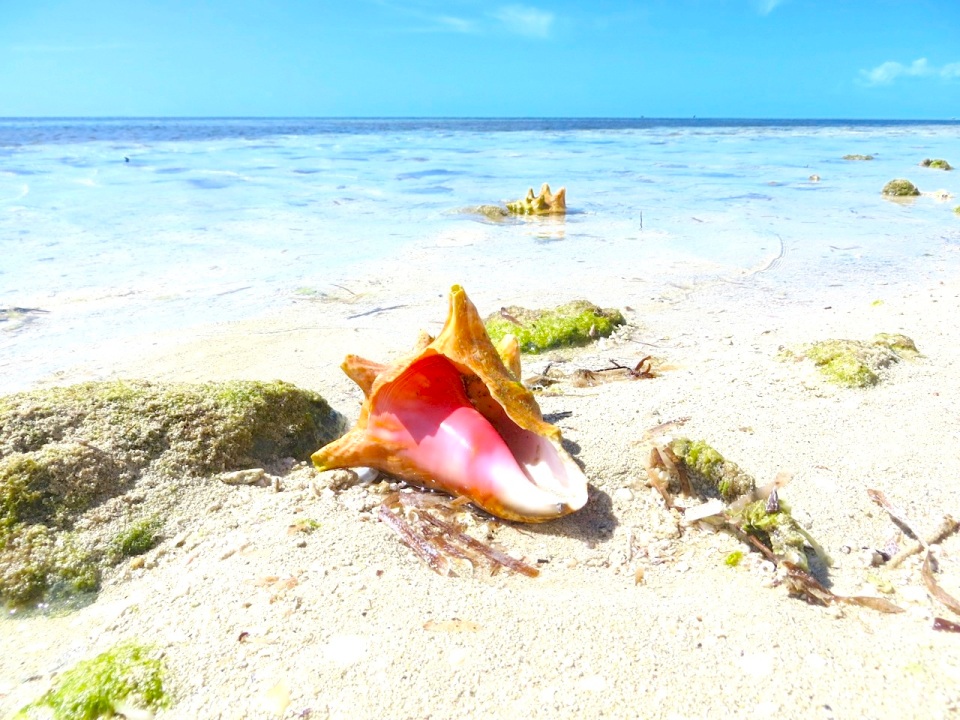










































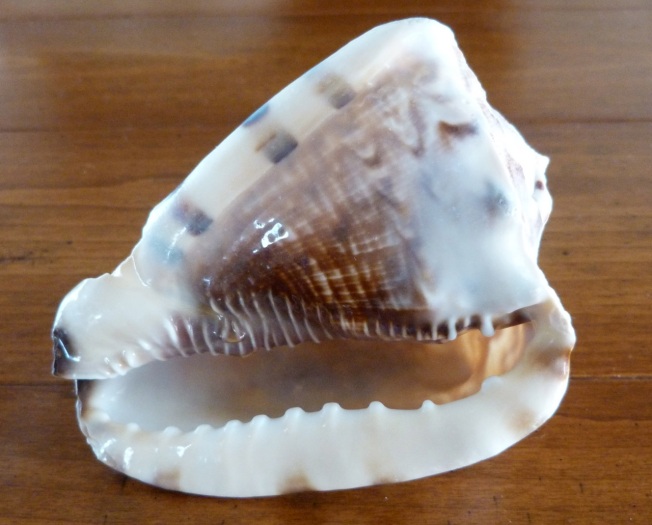
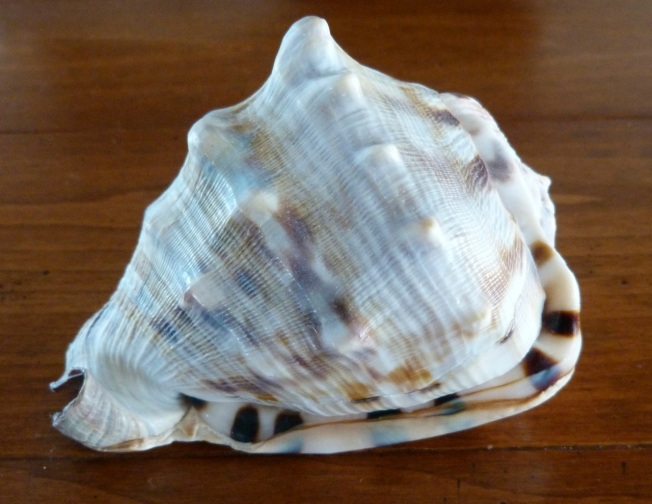
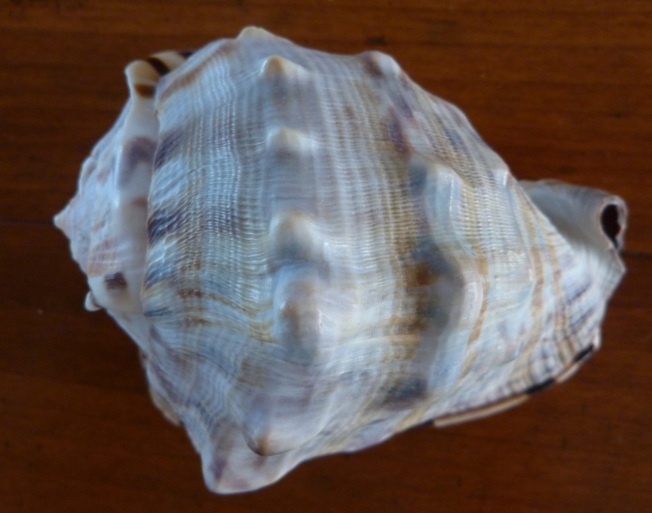

















You must be logged in to post a comment.